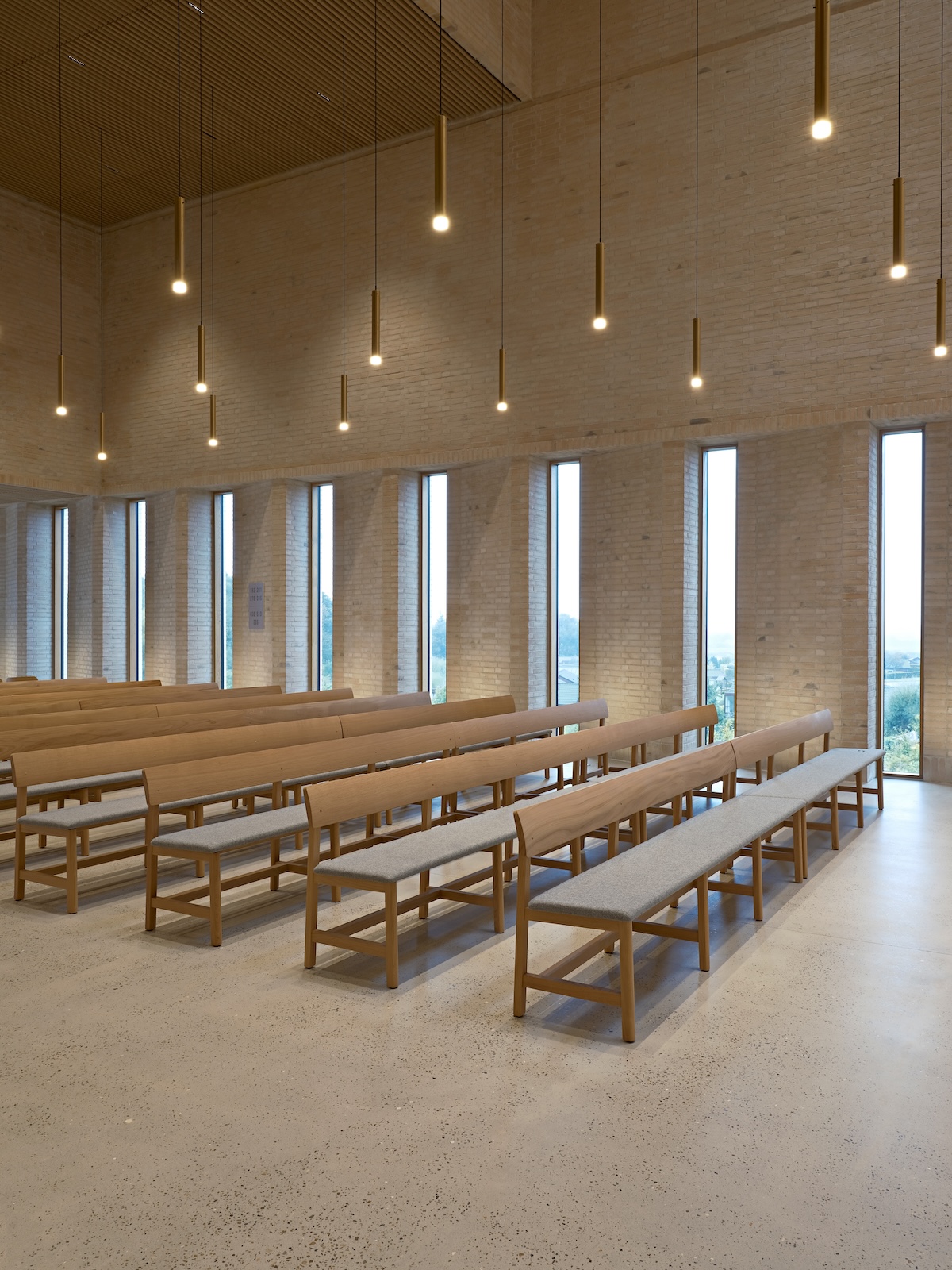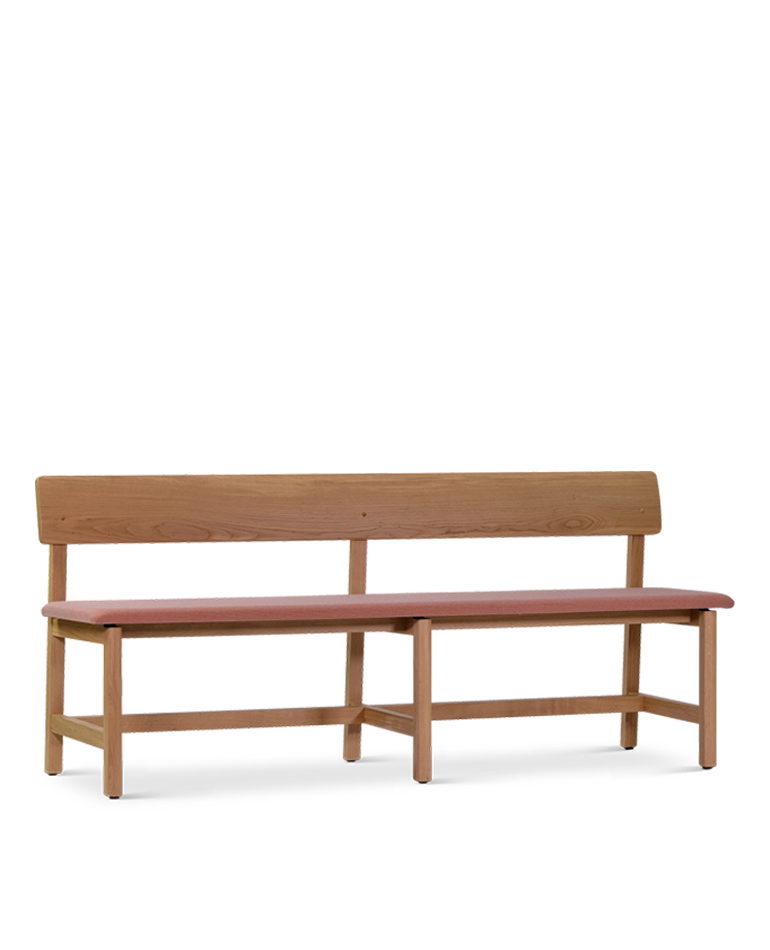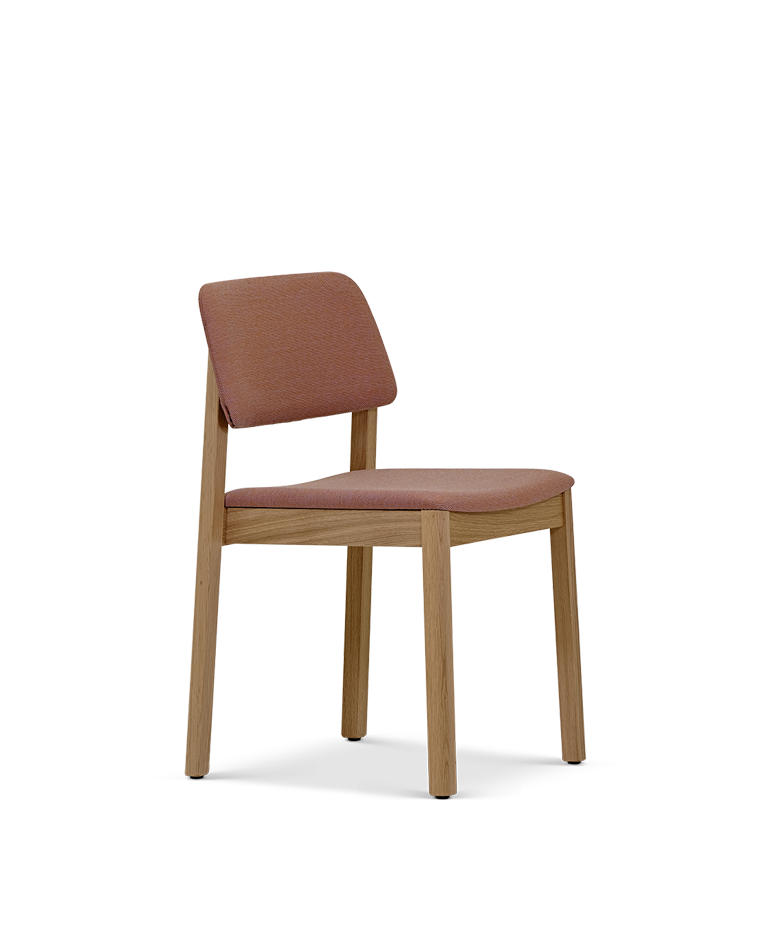Iko & Mio at Hvinningdal Church
Hvinningdal Church is situated on top of a hill, serving as a landmark in the open green landscape. The church is designed as a single-story angular building that forms two distinct spaces – a sheltered, southeast-facing arrival square that embraces “the near,” and a viewpoint square that faces towards the horizon, capturing “the distant,” providing room for contemplation and reflection. The open facades face the arrival square, inviting visitors inside into an open foyer that connects the building’s functions. The church was designed by Friis & Moltke in collaboration with Hamiconsult and Lytt and is furnished with the Iko Bench and the Mio Chair.
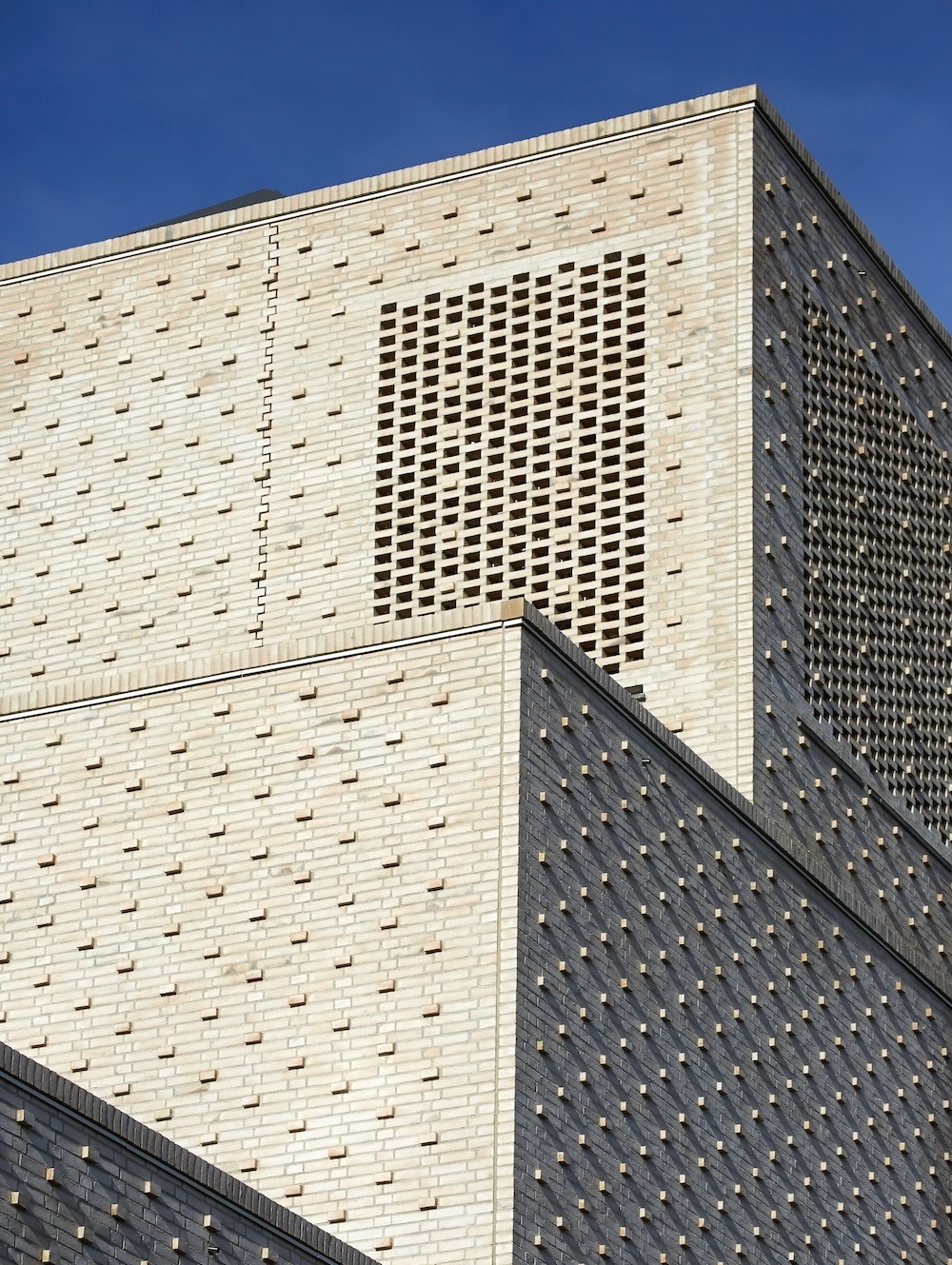
A Space for a Diverse Church Community
The internal flow of the building is organized around two continuous corridors that intersect in the foyer at the main entrance. Towards the northeast, away from the squares, the building’s volume gradually steps up and culminates in a bell tower that marks the structure in the landscape.
The church provides a space for a diverse church community, accommodating various religious ceremonies, events, activities, and teaching. It is designed to accommodate both large public gatherings with hundreds of participants and small intimate gatherings with only a few participants.
The architecture demonstrates a profound understanding of the church as an architectural type and a physical setting for the Church of Denmark as a living cultural heritage. With the vision of creating a present, vibrant, and locally rooted church, the perspective of “the near” and “the distant” serves as the basis for the new church’s form and layout.
The church building’s distinctly sculptural volume and clear anchoring on the highest point of the site reference the medieval church’s role as a landmark in the landscape.
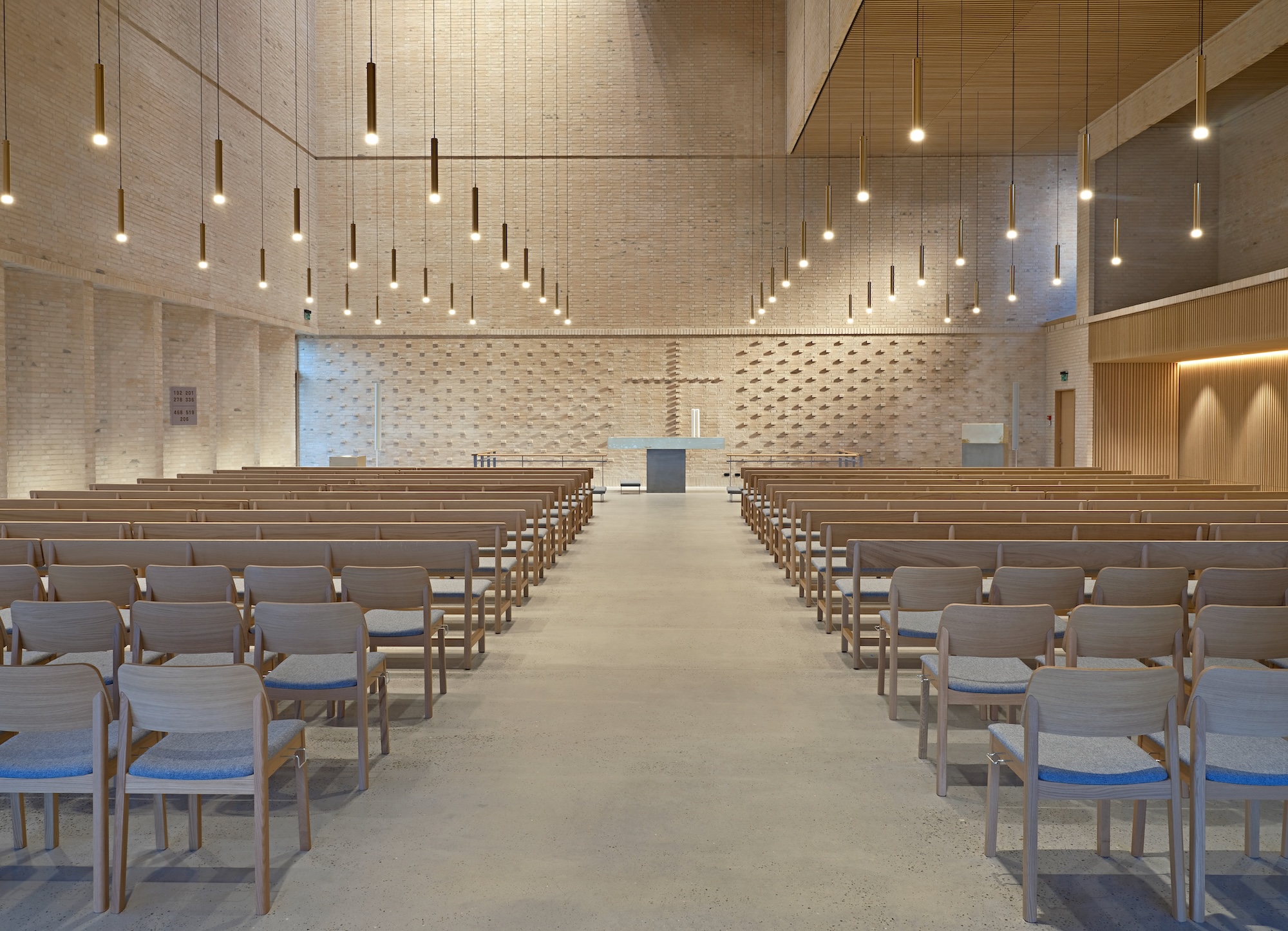
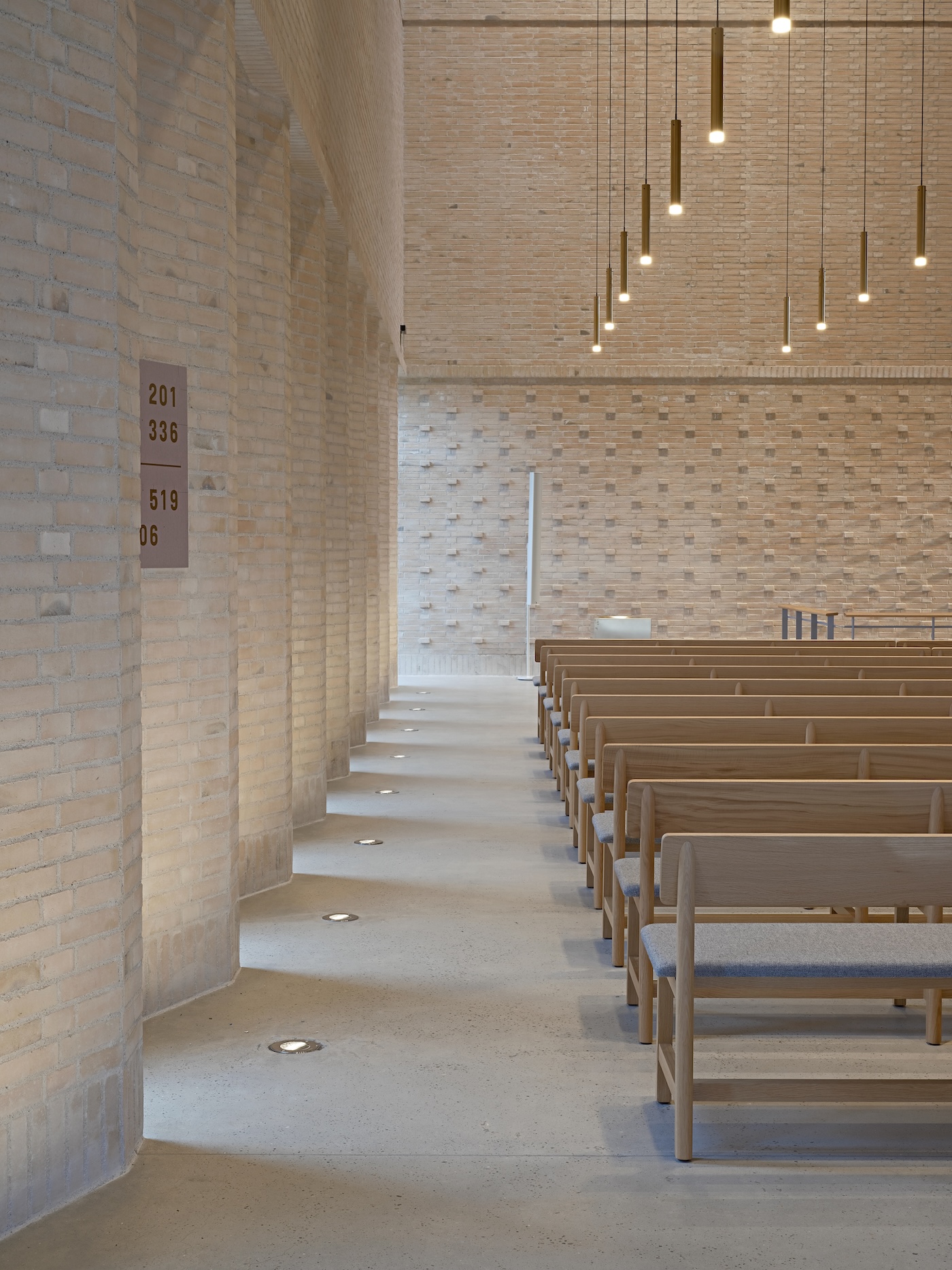
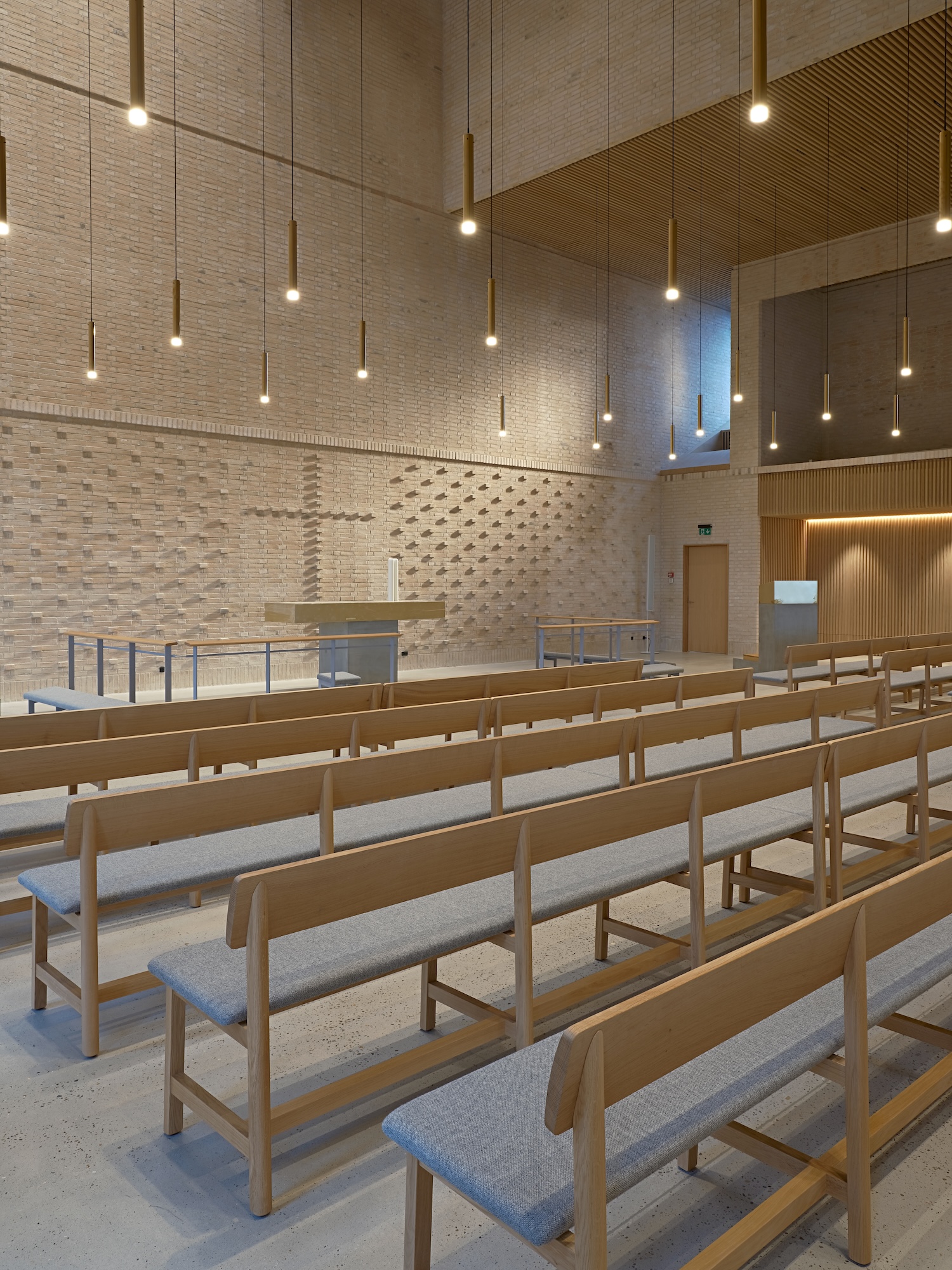
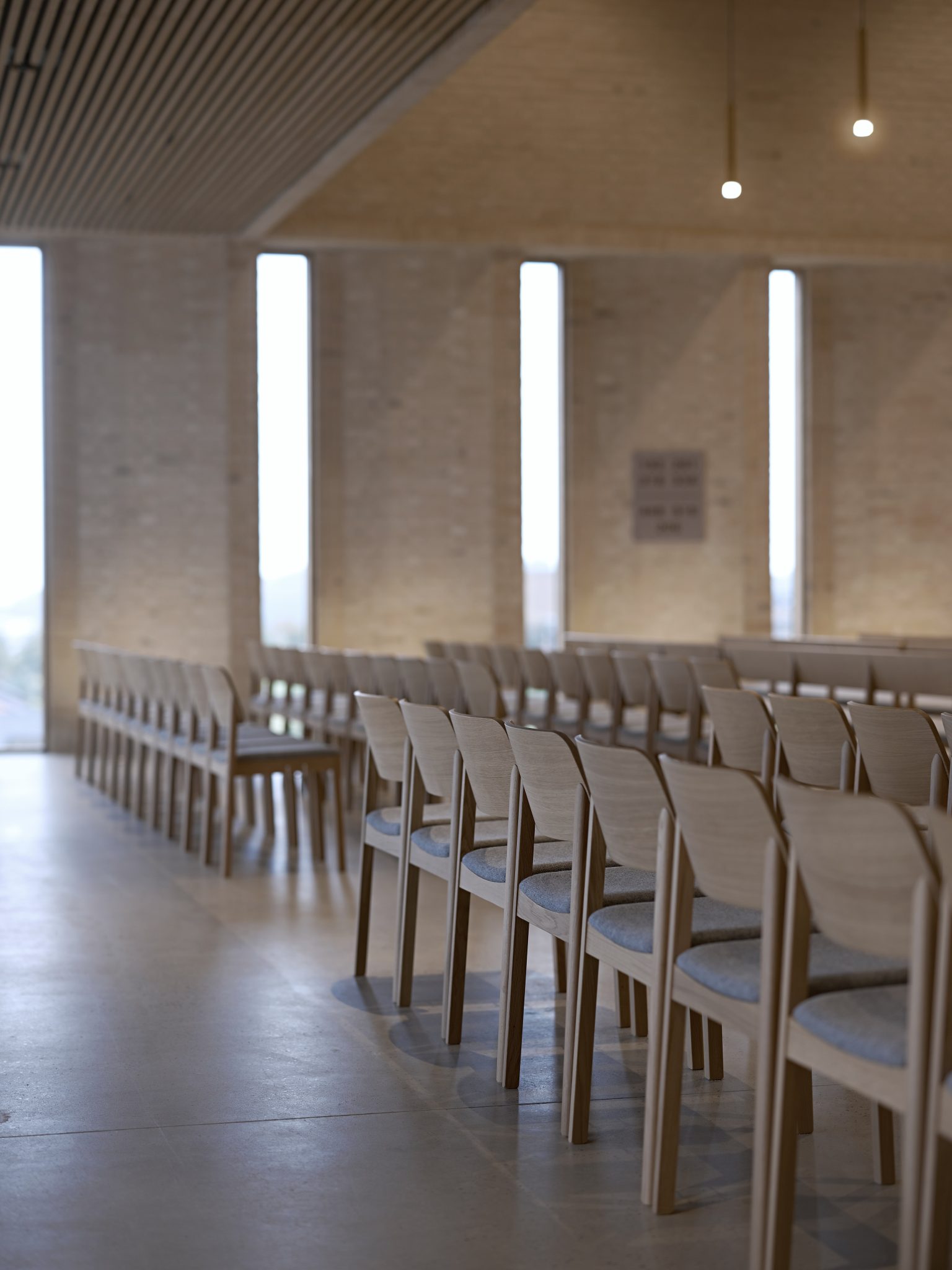
The stepped volume’s unique form, rather than directly referencing past Danish church buildings, evokes memories of prehistoric markers of sacred places, as seen in Mexican Mayan temples, Babylonian ziggurats, or the pyramids of Egypt.
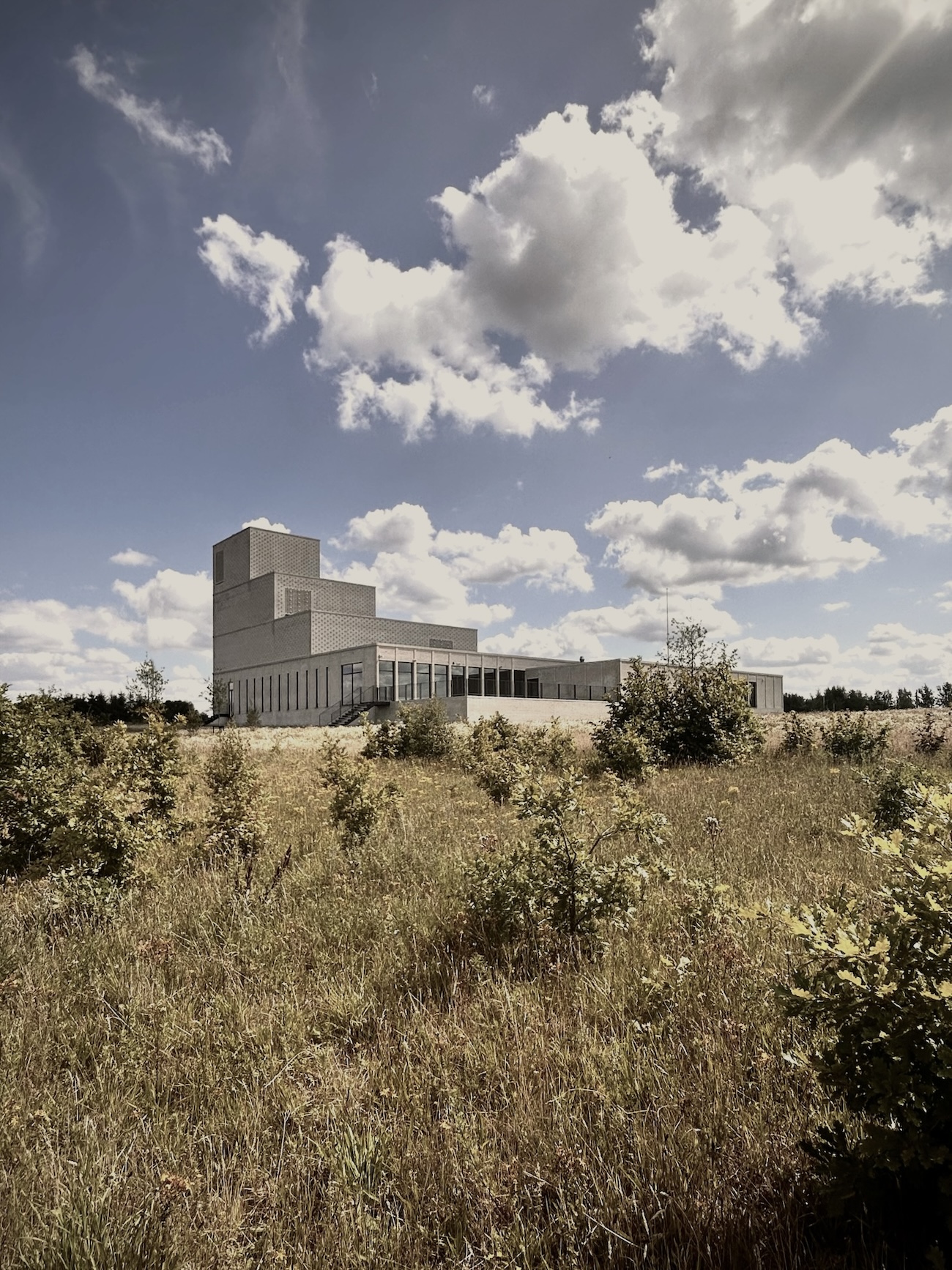
Funiture Featured in this Project
Discover the furniture used for the furnishing of Hvinningdal Church. Click through the models below to find inspiring images, along with information about different material options and detailed specifications.
